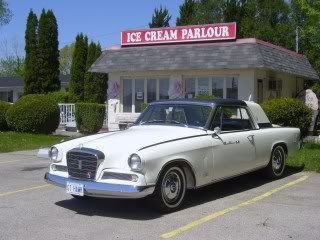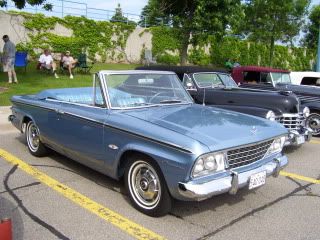Originally posted by guy
View Post
For the serial number on the engine in the car, I mentioned that the letter 'I' was not used in the 1964 numbering system. I should have mentioned that the letter 'L' was also excluded. (I didn't because that engine's serial number didn't go that far into the model year). So, instead of a December date on the production order engine, we now have November 8th.
Mistakes do occur on production orders, but this seems to me more like an engine swap. I have no idea what the circumstances were. Perhaps D'Itereren would have some information.
 [IMG]
[IMG] 
Comment